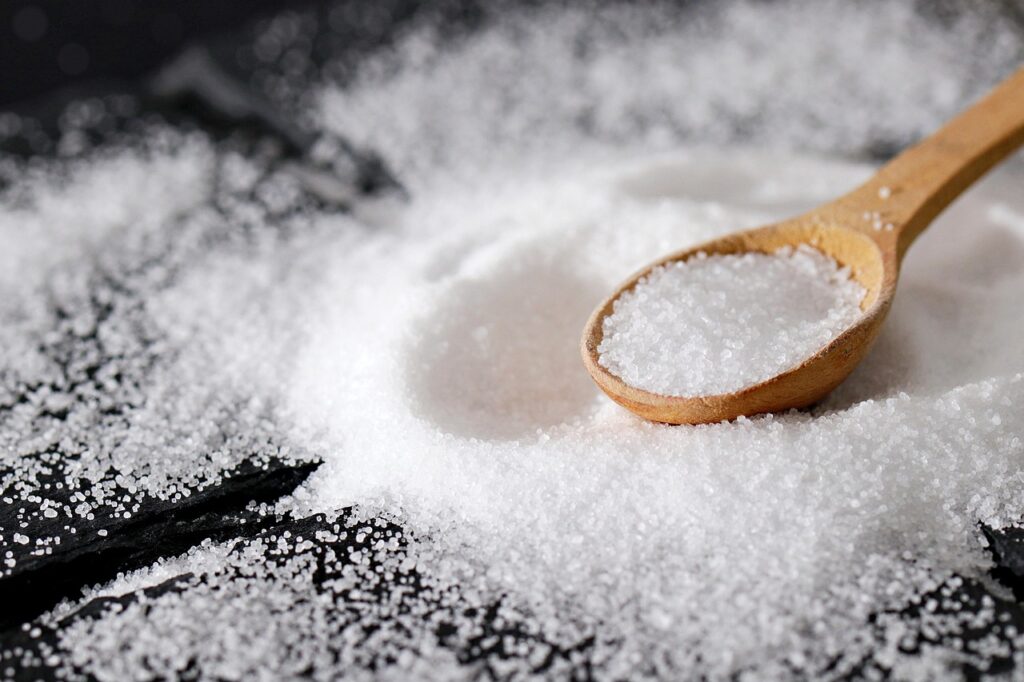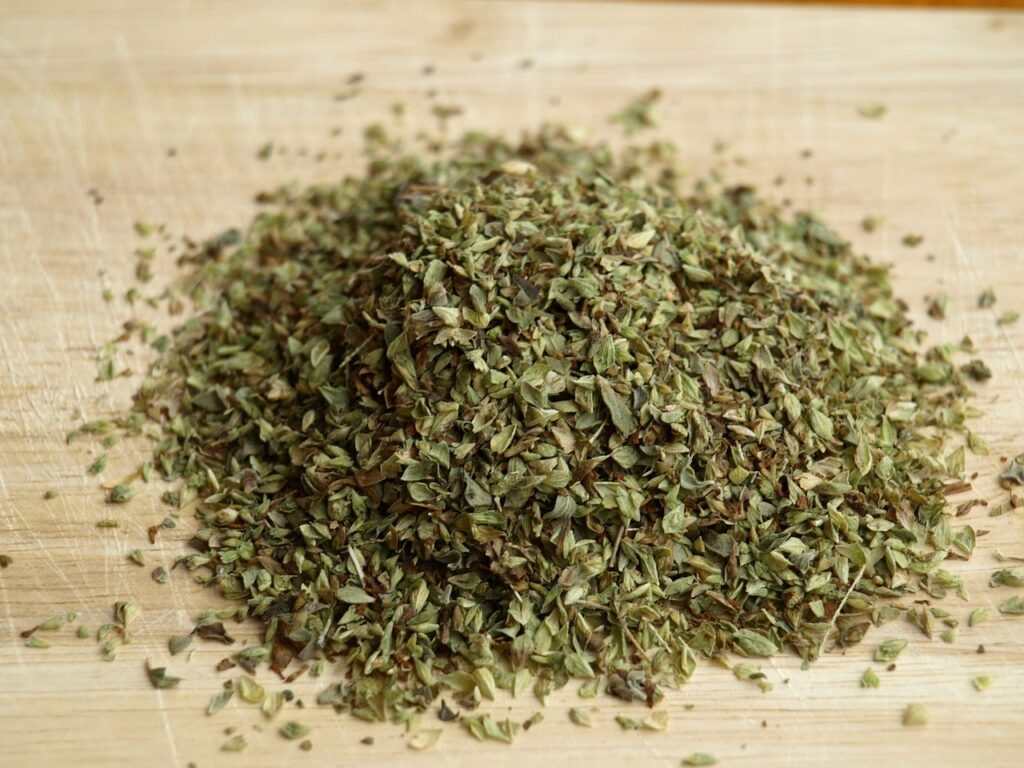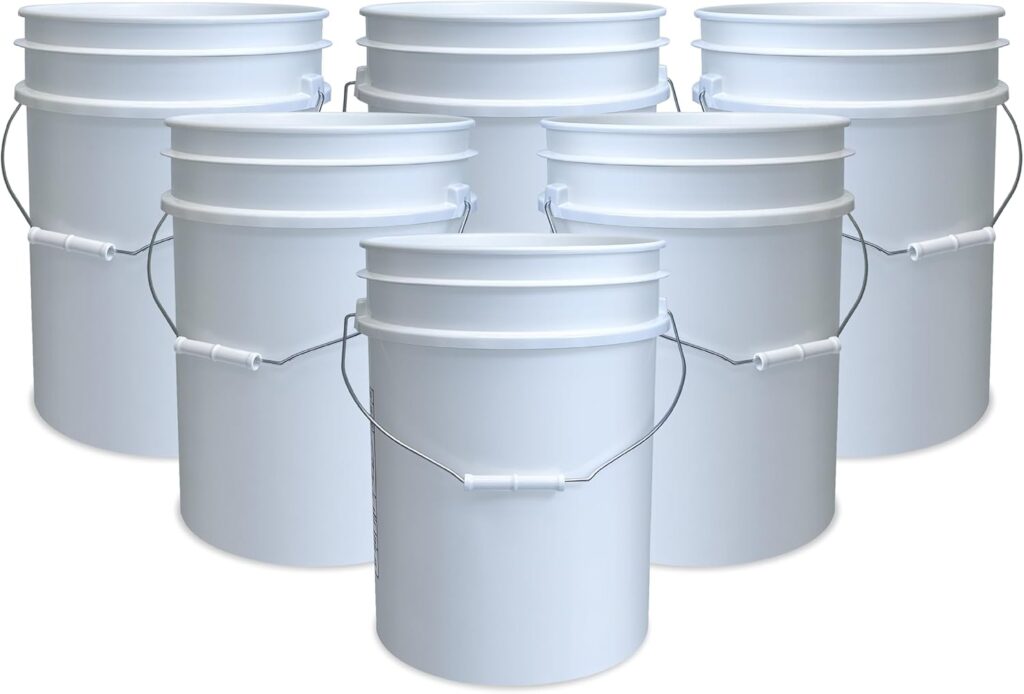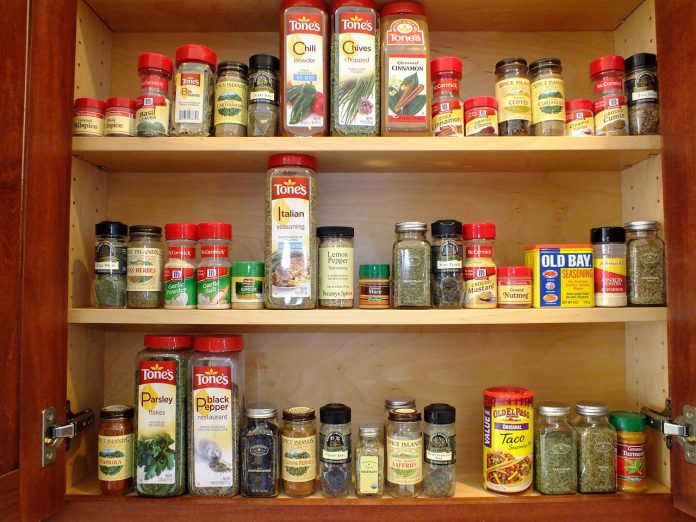[[{“value”:”
Thank you for reading this post, don't forget to follow and signup for notifications!
There’s a notion out there that anything related to survival and prepping is supposed to be bare bones. In other words, you’re just supposed to embrace the suck. While that’s a fair point, it doesn’t necessarily have to be that way.
For example, yes, rice and beans are survival food staples. They last a long time on the shelf and have been filling bellies for ages. They’re also boring and bland. If you’re hungry enough you’ll not think much of it. But with the addition of a few spices and other simple ingredients, you can change things up quite a bit.
Make Survival Foods More Palatable with Flavor Enhancers
- Flavor Enhancers to Store
- How to Store Flavor Enhancers
Flavor Enhancers to Store
There are hundreds of different spices, herbs, and other flavor enhancers available. We’re going to limit our discussion to ones that are easy to find at just about any big box retailer. We’re just going to hit a few high points here. Add to the list other flavor enhancers you routinely use in your kitchen.
Advertisement — Continue Reading Below
Salt is a given. We add it to just about anything we cook. For the purposes of this discussion, the question is whether to store sea salt or iodized table salt. Iodized table salt contains potassium iodate. It’s there to prevent health problems with thyroids.
From a storage perspective, there isn’t much difference between the two. The potassium iodate will eventually weaken over time, but as long as you’re rotating your supply, that shouldn’t be an issue.

Advertisement — Continue Reading Below
Garlic is another pantry staple. While I prefer to use fresh garlic whenever possible, that may not always be a viable option. So, store garlic salt or garlic powder. Unopened, either of them will last 3-4 years before any noticeable difference in quality. Onion powder is also used in an enormous range of recipes.
Oregano is perfect for adding a bit of Italian flavor to the meal. It’s good with soups and pasta recipes.

Advertisement — Continue Reading Below
There are a few different types of pepper you may want available. Black pepper is a standard in most homes. Crushed red pepper adds a little something to many recipes. Cayenne pepper adds even more. Chili powder is great for rice and beans.
Cumin is another one that’s great to keep around. It’s commonly used in meat dishes as well as with different types of beans.
It doesn’t always make the list for common spices and such, but I’d add turmeric to the pantry. It’s amazing for a range of health maladies. We add it to rice or eggs. Pair it with black pepper whenever possible.
Advertisement — Continue Reading Below
Making tea with ginger will help alleviate stomach upset.
How to Store Flavor Enhancers
Store all of the flavor enhancers in our list in a cool, dark, dry location. Keep them in their original containers with the seals intact until you’re ready to use them. What some folks do is keep the bottles, jars, and what not in five-gallon buckets. They’re sturdy and seal well. I recommend investing in Gamma Lids for the buckets, as that makes it much easier to access the contents as needed.

Advertisement — Continue Reading Below
Mark each container with the date you purchased it. As you use up what’s in your cupboard, replace it with the oldest container in your storage. This is called FIFO, which stands for First In, First Out.
A small variety of flavor enhancers will go a long way toward spicing up bland survival food.
“}]]



